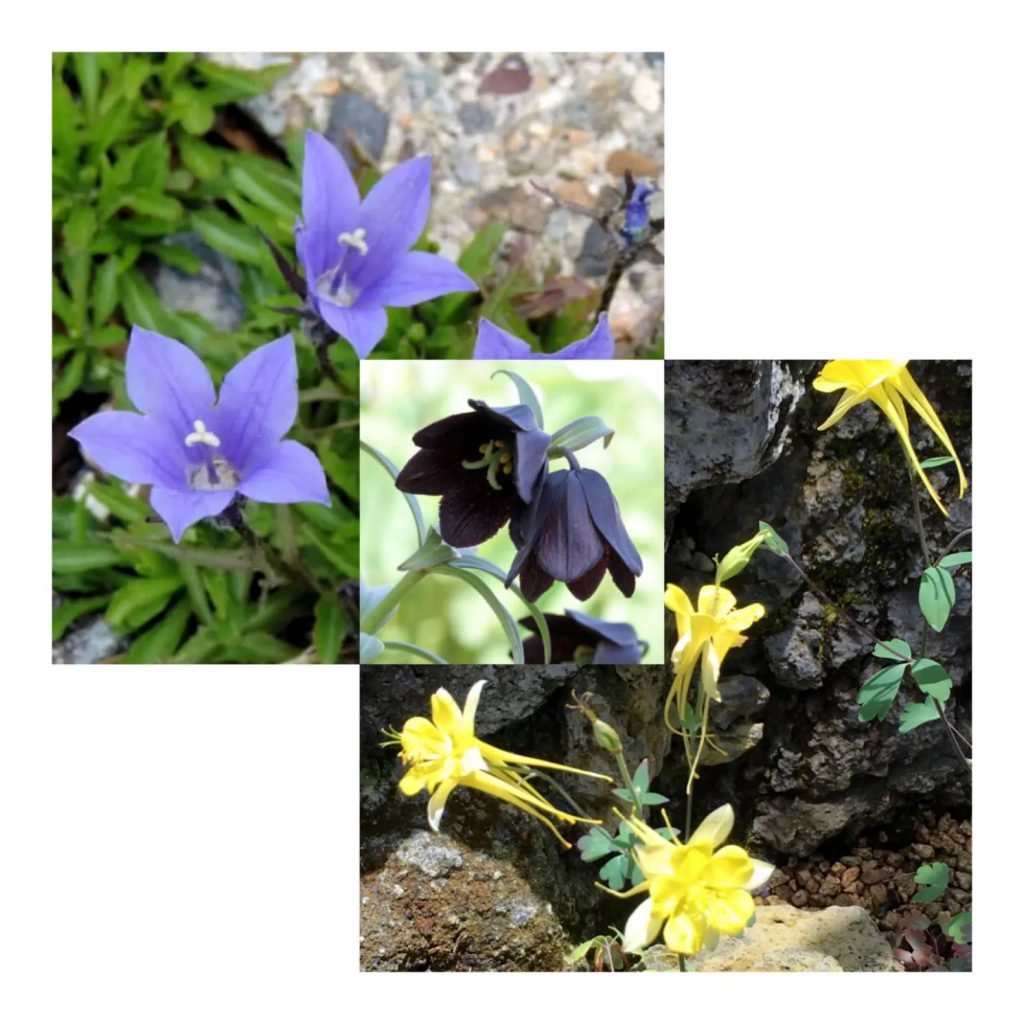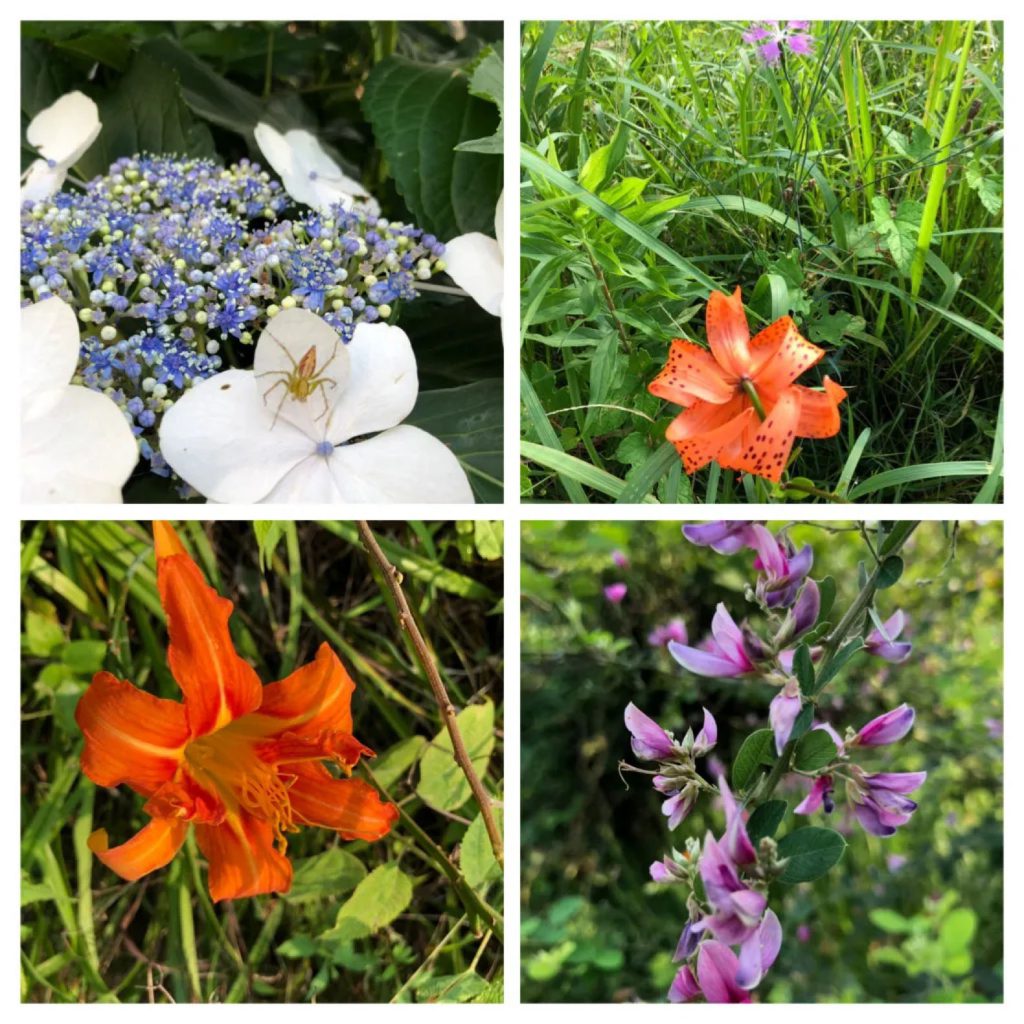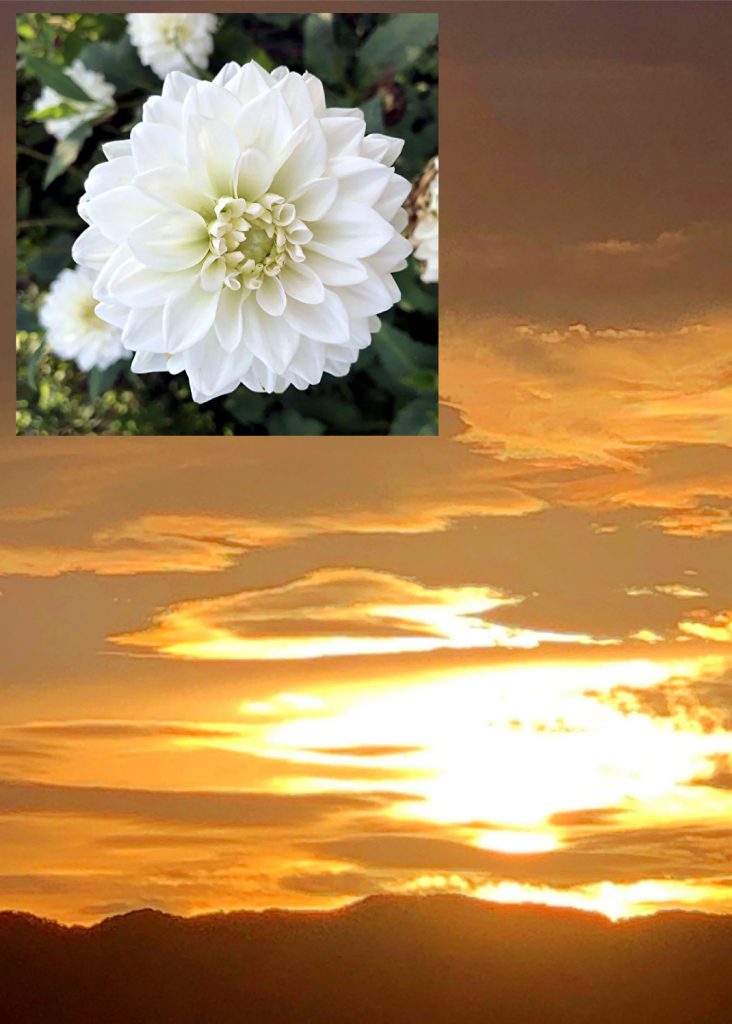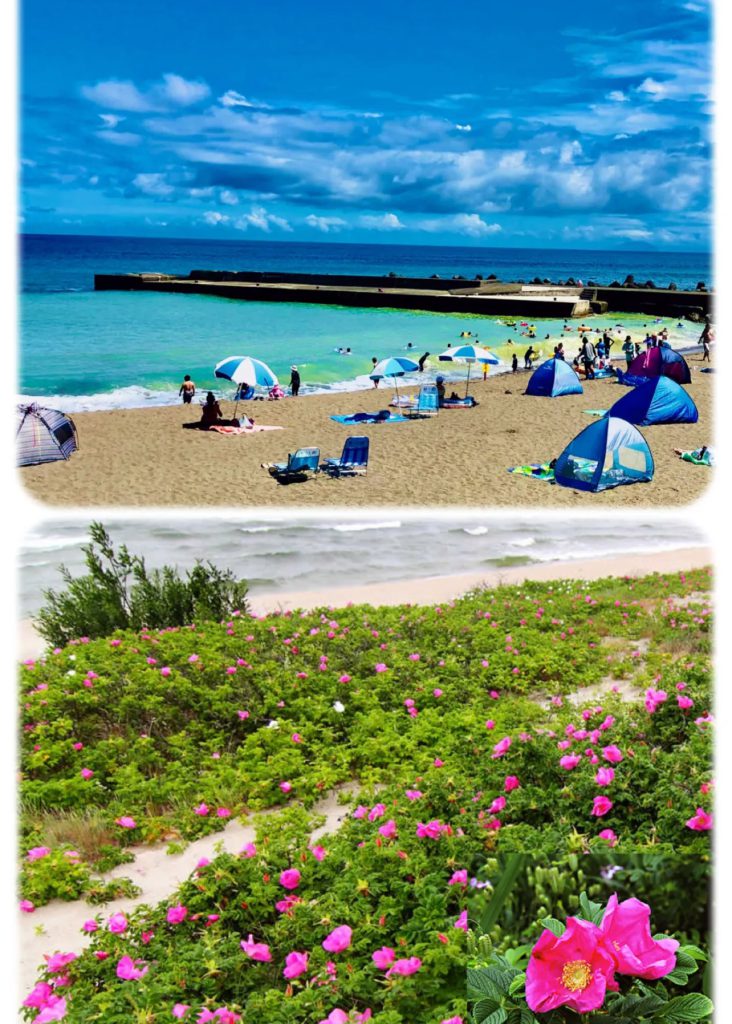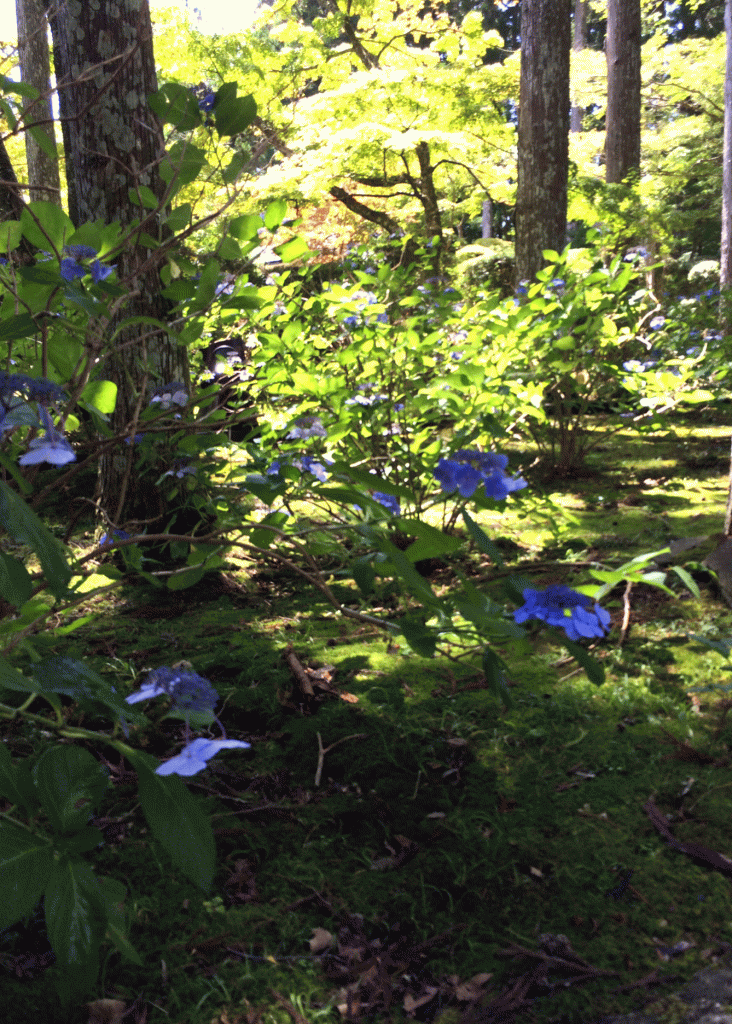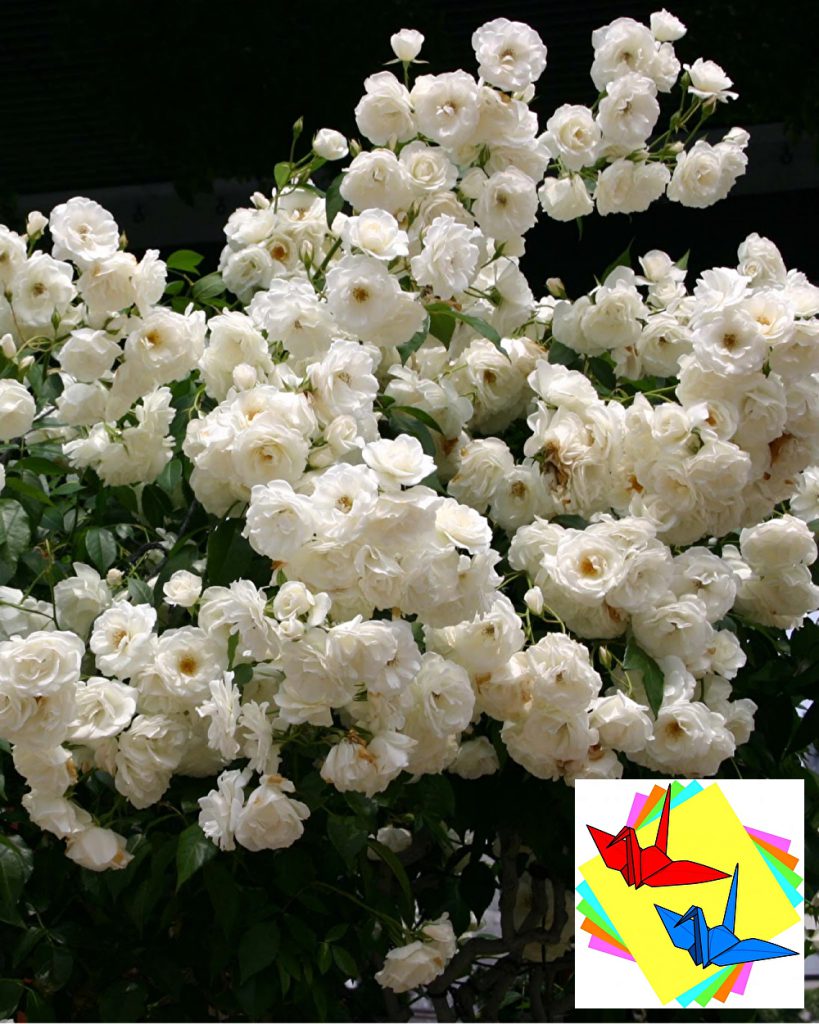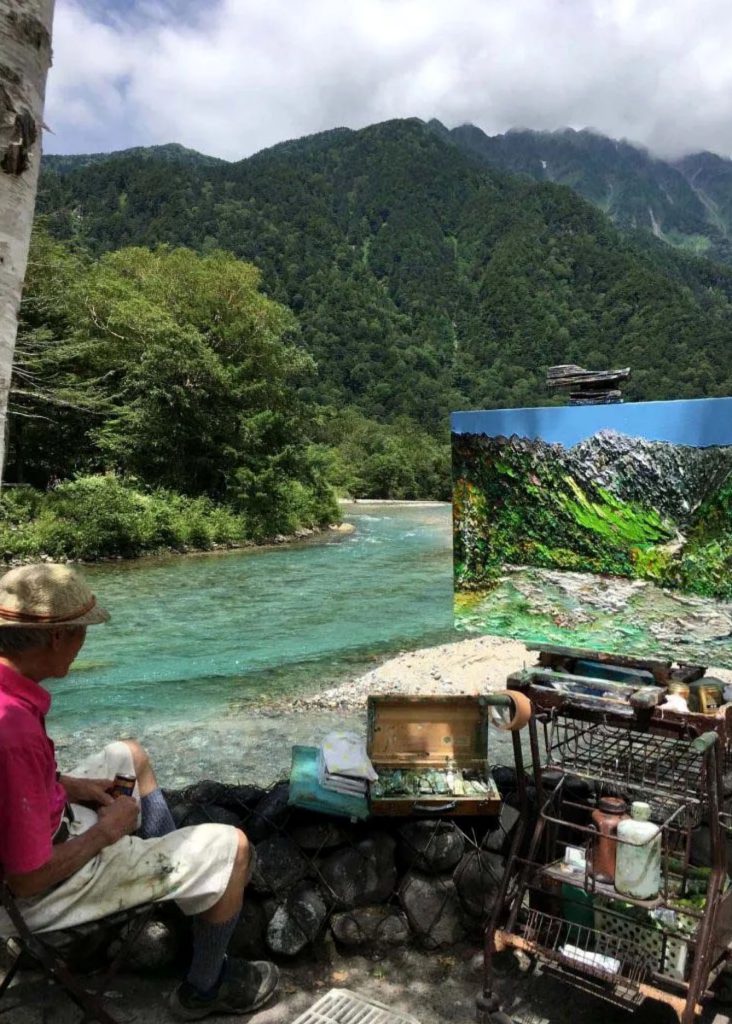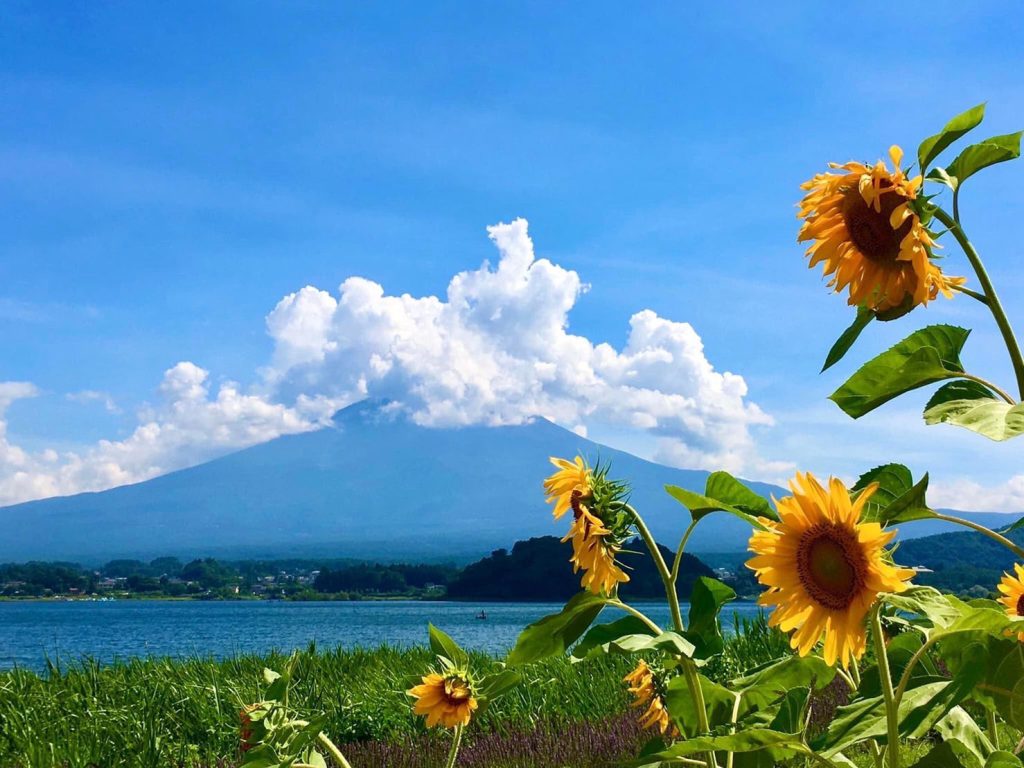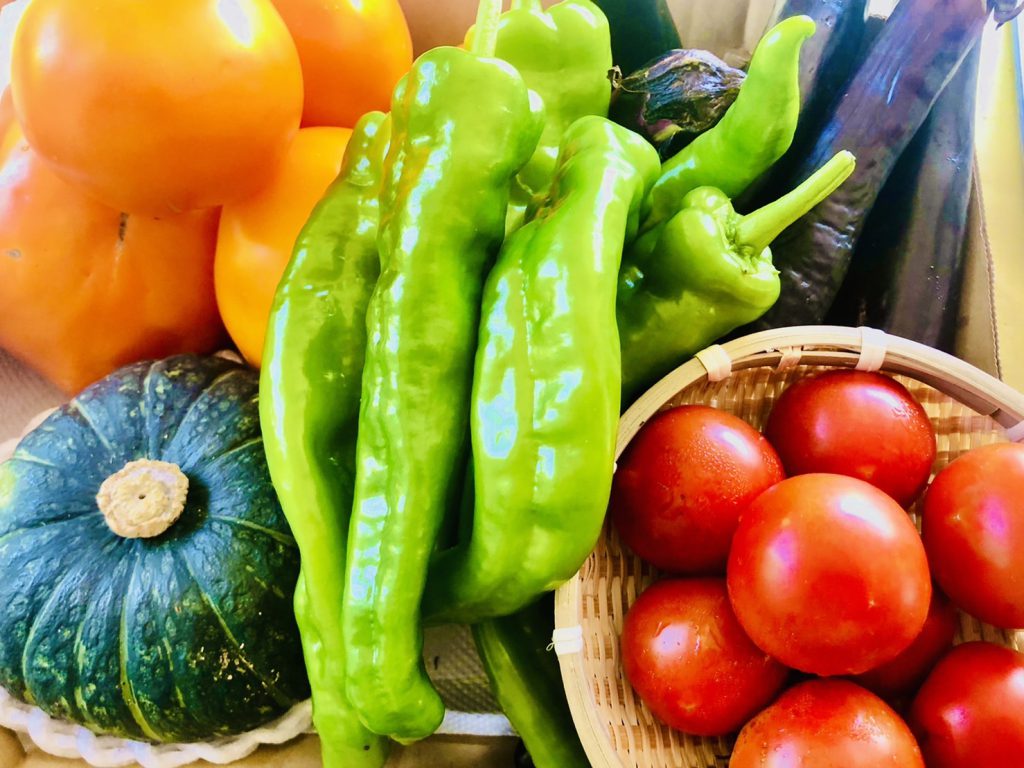
37 years ago this evening, my family was driving to Tokyo.When the sun was about to set and dusk was approaching and our car approached the pass of Hakone, one of my sons sitting in the back seat said that a plane shook and flew away. I didn’t give it much thought at that time, and after about two hours, we arrived at my relative’s house in Tokyo. At home, everyone is making a fuss in front of the TV. It is reported that the Nikko Jumbo that left Haneda crashed somewhere in Okuchichibu while repeating Dutch rolls. It was a tragic accident that caused the largest number of casualties in a single aircraft accident, which was later called “JAL plane crash” or “JAL jumbo plane crash”. This morning after 37 years, this accident has been reported all the time. May the victims rest in peace.
37年前の今日の夕方、我が家一家は車で東京に向かっていました。陽も落ちて夕闇が迫る頃、箱根の峠に差し掛かった時、後部座席に座っていた息子の一人が、飛行機が揺れながら飛んで行ったと言います。その時はさほど気にも止めず、それから2時間ほどで、東京の親戚の家に着きました。家ではテレビの前で皆んなが大騒ぎです。羽田を出た日航ジャンボがダッチロールを繰り返しながら、奥秩父のどこかに墜落した模様だと報じています。のちに『日航機墜落事故』とか『日航ジャンボ機墜落事故』と呼ばれる、単独機の航空機事故では最多の犠牲者を出した悲惨な事故です。今日は朝から37年前のこの事故のことがずっと報じられています。犠牲者のご冥福をお祈りします。

